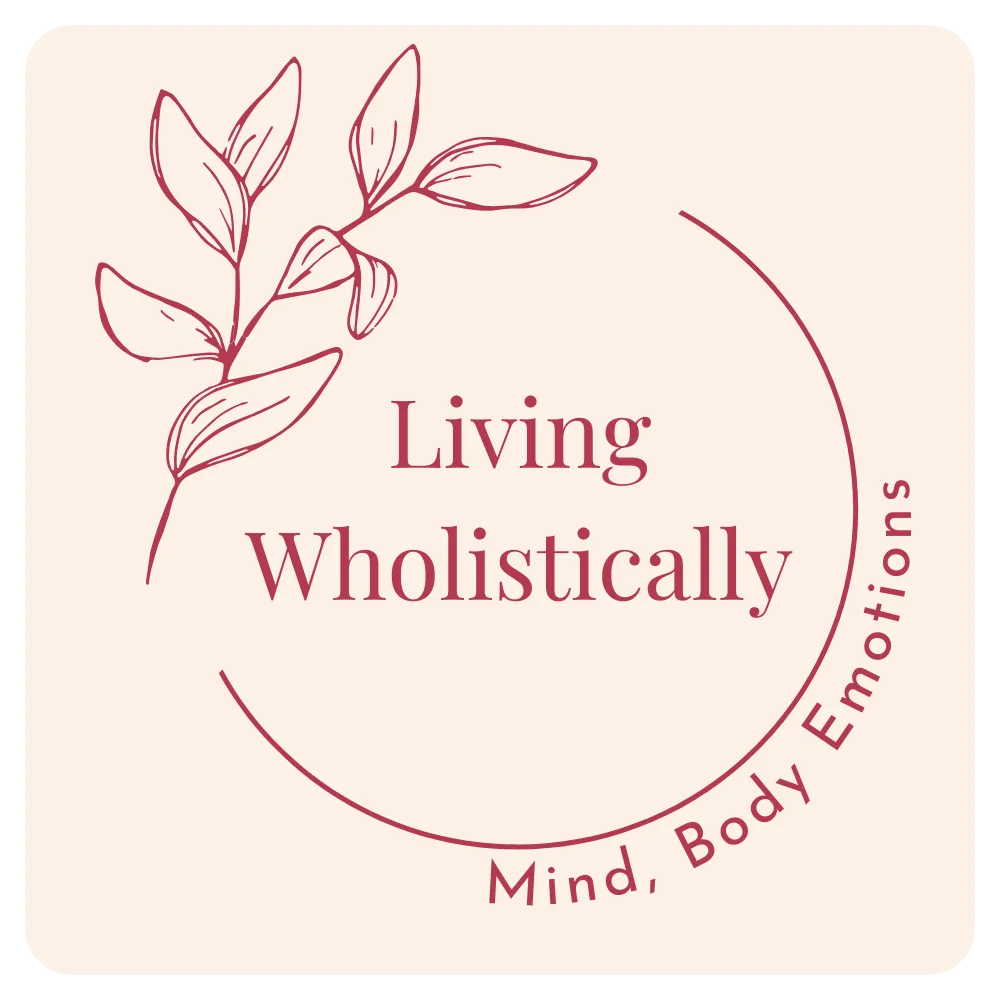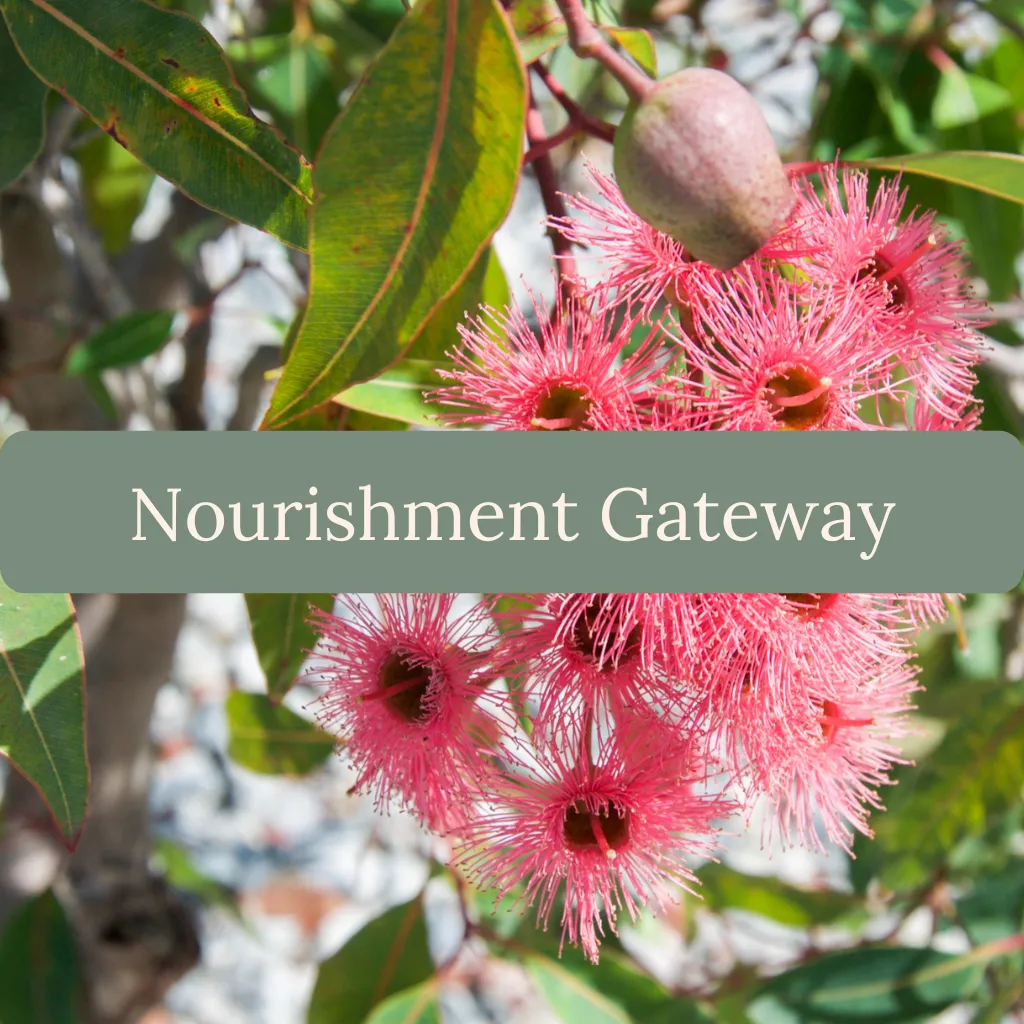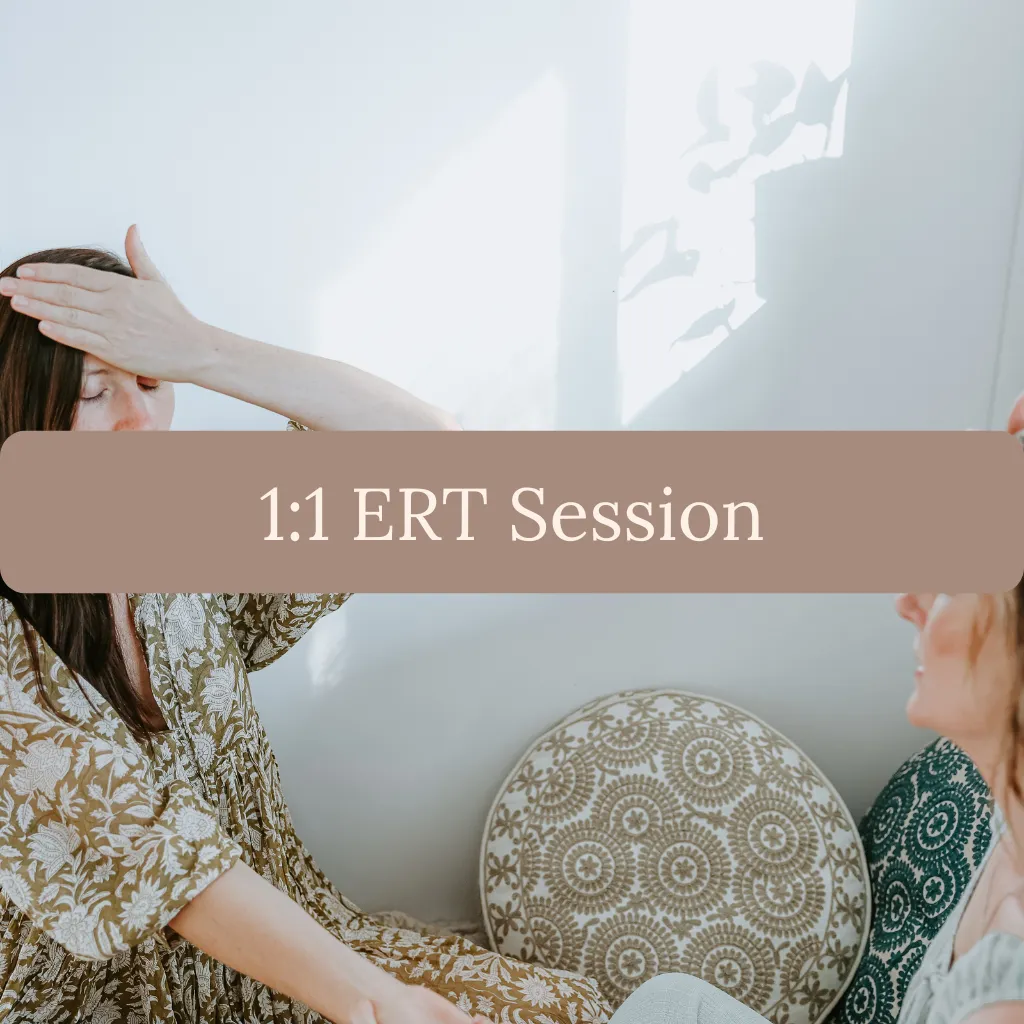Boundaries: What They Really Are And How To Make Them Work For You
Originally published: 21 February 2024. Last updated: 7 June 2025.
Boundaries have been one of my biggest lessons in the past few years. Honestly, it felt like the Universe just kept nudging me — again and again — until I finally got it. I’d be triggered by something… then someone would mention boundaries. A podcast would pop up. A book would fall into my lap. Over and over, the message came: “You need to look at this.”
And yet, despite all the signs, I couldn’t seem to understand what boundaries actually were. The resources I came across were vague or overly simplified. I kept wondering:
What are boundaries really?
How do I make them?
And how do I actually communicate them without feeling like I’m being difficult?
It wasn’t until I started working more deeply with emotional healing, values work, and nervous system regulation that it all began to click.
What Are Boundaries, Really?
Boundaries are the internal limits you set for yourself — and sometimes communicate to others — about what’s okay and what’s not okay in your life. They are not walls or ultimatums. They are energetic guidelines that protect your emotional safety, your time, your energy, your body, your values.
And here’s the thing I didn’t realise at first:
You already have boundaries.
If you value organic food and choose not to eat certain things — that’s a boundary.
If you turn your phone off at 8pm — that’s a boundary.
If you need alone time after being social — that’s a boundary.
You may not have labelled them that way, but they’re there. And that’s something worth celebrating.
Why Boundaries Feel So Hard
Most of us weren’t taught how to create or clearly communicate boundaries growing up. In fact, many of us were raised to ignore our needs in order to stay liked, keep the peace, or be “good.”
So when you start doing boundary work as an adult, your nervous system can react with fear, guilt, or even shutdown. It feels like you're doing something wrong — because it’s unfamiliar, not because it's unsafe.
Resistance to boundaries often shows up as:
Feeling guilty for saying no
Worrying people will leave, get angry, or reject you
Second-guessing yourself after setting a limit
Avoiding hard conversations because you “don’t want to cause drama”
Feeling responsible for how others respond to your needs
This is totally normal. It’s also something you can unlearn.
My Realisation: I Was Already Doing It (Sort Of)
At one point, I genuinely thought I’d have to write a list of all my boundaries and hand them out to everyone in my life. It felt overwhelming. How was I supposed to make people respect them?
But the more I reflected, the more I realised — I was already communicating my boundaries. Every time I said “no thanks” to certain foods, or chose rest over another commitment, I was setting a boundary. Quietly. Authentically.
The shift came when I began doing it consciously and consistently, from a place of alignment with my values. That’s when it got easier — and more powerful.
I didn't need to shout my boundaries from the roof tops or give a dot point 3 ring folder to all the important people in my life. I just needed to believe that I was worth it and stand strong in my own self-love.
Yes sometimes I needed to speak to a friend or family member to hold a boundary that they were crossing, but once I sorted out my own self-worth and cleared those emotional blocks, it became so much easier (because energetically they didn't need to keep pushing the boundaries as I had become unfuckwithable).

How To Create Boundaries That Actually Work
Let’s get really practical here. You don’t need to overhaul your life overnight, but you can start tuning into what matters to you and using that to guide your boundaries.
1. Get Clear On Your Values
Your boundaries are only sustainable when they’re rooted in what you truly value. Not what someone else thinks you should want.
Start with reflection:
What makes you feel safe and respected?
What drains you?
What do you need more of in your life?
What do you want to protect?
Your answers to these will form the foundation of your boundaries.
2. Create Boundaries That Reflect Those Values
If you value presence, maybe your boundary is not answering messages after a certain time.
If you value nourishment, maybe you stop overcommitting and allow space to cook a proper meal.
If you value honesty, maybe you stop saying yes when you mean no.
Boundaries aren’t about controlling others — they’re about guiding yourself.
3. Communicate Them Clearly (And Calmly)
Here’s where many people get stuck. You don’t need to justify or over-explain your boundaries. You also don’t need to announce them dramatically.
Start small, and speak simply.
“I’m not available to talk about that right now.”
“I need some time to myself this afternoon.”
“No thanks — that doesn’t work for me.”
“I’m choosing to do things differently this time.”
Let your tone stay soft and steady. You don’t have to defend your decision. You just have to own it.
4. Prepare For Pushback (And Hold Your Ground)
When you start setting boundaries, some people won’t like it — especially if they’ve benefited from your lack of them.
That doesn’t mean you’re doing something wrong. It means your boundaries are working.
Your job isn’t to control how others respond. Your job is to stay connected to your truth, regulate your nervous system, and support yourself through the discomfort.
Boundaries As A Nervous System Practice
This is a part I wish more people talked about.
Boundaries aren’t just mindset work — they are nervous system work.
Every time you say no when you used to say yes, your body might interpret that as risky.
Your heart rate might spike. Your stomach might tighten. You might feel shaky or teary.
This is why nervous system regulation is such a core part of what I teach inside Nourishment Gateway, you are going to become dysregulated as you do this work and you need the tools to calm yourself down and work through what comes up.
Through tools like Emotion Release Technique, scribble technique, journalling, letter writing and much more, I help your system come back into balance — so you can stop abandoning yourself to keep others comfortable.
Of course there is always the easier way of ERT to help clear the stuck emotions that are causing the nervous system regulation and lack of boundaries in the first place.
Because the real challenge of boundaries is not knowing what they are — it’s feeling safe to set and uphold them.
Final Thoughts
Boundaries aren’t harsh or rigid. They’re sacred.
They are how you protect what matters most.
And when you start practising them from a place of alignment, not anxiety — they change your life.
You are allowed to take up space.
You are allowed to protect your energy.
You are allowed to honour your truth — even when it’s uncomfortable.
And it starts with one choice, one limit, one honest moment at a time.




